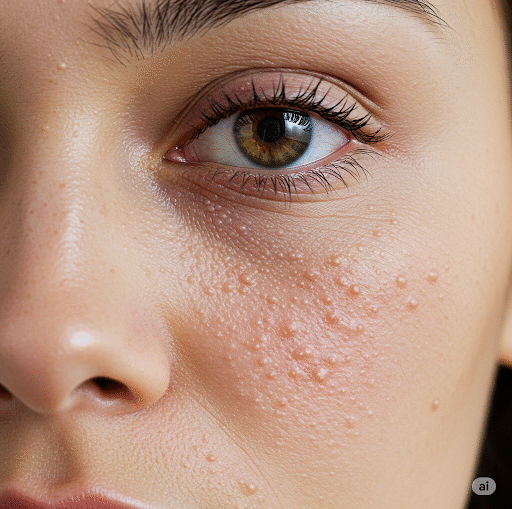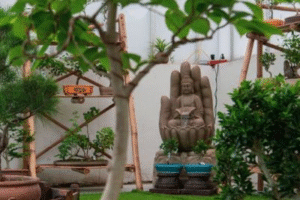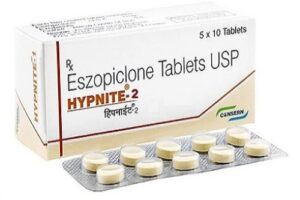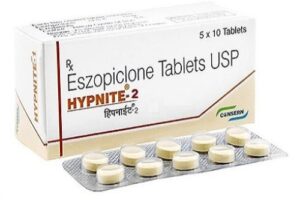Introduction
Bumps around eyes are a common yet often misunderstood issue. They can vary in size, shape, and cause, but they all share one thing in common—they can be bothersome and unsightly. Whether you’re dealing with a tiny, harmless bump or something more serious, it’s essential to understand the different types of bumps around the eyes and how they can be treated effectively.
But why do these bumps appear in the first place? In this article, we’ll break down everything you need to know about bumps around eyes, their causes, and the treatments that can help you get rid of them. So, let’s dive right in!
Types of Bumps Around Eyes
When you notice a bump near your eyes, it’s helpful to know what kind of bump you’re dealing with. Here are some of the most common types of bumps around the eyes:
Milia
Milia are small, white, hard bumps that typically appear on the eyelids. They occur when dead skin cells become trapped in small pockets near the surface of the skin. Although they are harmless, they can be annoying.
Chalazion
A chalazion is a swollen bump that forms when an oil gland in the eyelid becomes blocked. These bumps are often painless, but they can become swollen and inflamed if left untreated.
Stye (Hordeolum)
A stye is an infection of an oil gland at the base of the eyelashes, resulting in a red, painful bump. Styes are usually caused by bacterial infections, and they can be quite uncomfortable.
Xanthelasma
Xanthelasma are yellowish, fatty deposits that appear near the eyes, often around the eyelids. They are generally not painful but can be a sign of elevated cholesterol levels.
Sebaceous Cyst
Sebaceous cysts are lumps that form under the skin when the sebaceous glands get blocked. They can be firm to the touch and may become inflamed if infected.
Common Causes of Bumps Around Eyes
Understanding what causes bumps around your eyes can help you take the right steps in preventing them or treating them effectively.
Blocked Oil Glands
The most common cause of bumps around the eyes is a blocked oil gland. When these glands become clogged, they can form bumps such as chalazion or styes.
Skin Irritation and Allergies
Allergic reactions to skincare products, makeup, or environmental allergens can cause skin irritation around the eyes, leading to bumps or swelling.
Infection
Bacterial or viral infections can lead to the formation of styes or other types of bumps. When these infections occur, they may need medical intervention to prevent complications.
When Should You See a Doctor?
While most bumps around the eyes are harmless and can be treated at home, there are times when you should seek medical attention.
Persistent or Painful Bumps
If a bump doesn’t go away after a few days or becomes increasingly painful, it may require professional treatment.
Signs of Infection
If the bump becomes red, swollen, or painful, or if there’s discharge, it could be an indication of an infection that needs medical treatment.
Effective Home Remedies for Bumps Around Eyes
If you’re dealing with a minor bump, there are several home remedies that can help reduce inflammation and promote healing.
Warm Compress
Applying a warm compress to the affected area can help open blocked oil glands, especially for chalazion and styles. Simply soak a clean cloth in warm water, wring it out, and place it over your closed eyes for 10–15 minutes several times a day.
Gentle Cleansing Routine
Using a mild, fragrance-free cleanser around your eyes can help prevent clogged pores and oil glands. Be sure to clean your face gently to avoid irritating the sensitive skin around your eyes.
Tea Tree Oil
Tea tree oil has natural antibacterial properties, which makes it an excellent remedy for styes or mild bacterial infections. Dilute the oil with a carrier oil (like coconut oil) before applying it to the affected area.
Over-the-Counter Treatments
If home remedies don’t do the trick, there are several over-the-counter options you can try.
Topical Ointments
Antibiotic ointments or corticosteroid creams can help reduce inflammation and fight infections. Always use these ointments as directed, and avoid applying them directly inside your eyes.
Fragrance-Free Creams
For those with sensitive skin, using a fragrance-free cream is a safe option. These creams can help soothe irritation and moisturize the skin around your eyes without causing further inflammation. Look for products that are hypoallergenic and free from fragrances to prevent further irritation.
Medical Treatments for Bumps Around Eyes
In some cases, bumps around the eyes may require medical intervention.
Steroid Injections
For larger or more persistent bumps, a doctor may recommend a steroid injection. This treatment can help reduce inflammation and shrink the bump.
Surgical Removal
If the bump is particularly large, painful, or does not respond to other treatments, your doctor may suggest surgical removal. This procedure is usually performed under local anesthesia and is a safe way to remove the bump permanently.
Preventing Bumps Around Eyes
Prevention is always better than cure, and there are several steps you can take to reduce the likelihood of developing bumps around your eyes.
Proper Skin Care Routine
Maintaining a gentle skincare routine that includes cleansing your face regularly and moisturizing can help prevent clogged pores and oil glands.
Avoiding Eye Makeup Build-Up
Make sure to remove your eye makeup thoroughly before bed. The build-up of makeup around the eyes can lead to clogged pores and blocked oil glands, causing bumps.
Conclusion
Bumps around the eyes are a common issue, but they are usually harmless and can be effectively treated with the right approach. Whether you’re using home remedies like warm compresses or over-the-counter treatments like fragrance-free creams, most bumps will heal on their own with proper care. However, if the bumps persist or cause discomfort, it’s essential to consult a doctor for further evaluation.







